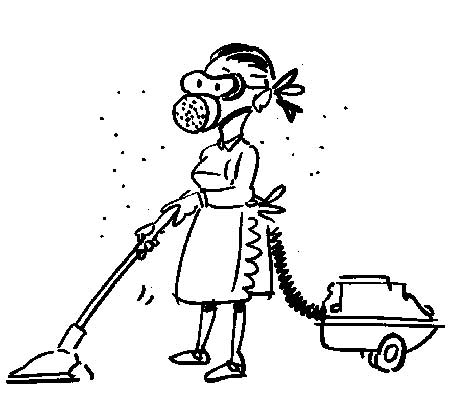|
|
ls fighting the dustmite a waste of time? |
Recent reports that attempting to eliminate, or at least reduce, the numbers of dustmites in your home is a waste of time will have horrified many readers who have invested considerable effort and money in attempting to do just that. Dr Harry Morrow Brown takes issue with the research on which the reports were based. |
|
A ‘meta-analysis’ of 54 clinical trials involving 3,000 patients has just been published which concluded that all current methods of mite control or elimination are ineffective. The leading author actually stated ‘we can conclude with confidence that there is no need to buy expensive vacuum cleaners or mattress covers or to use chemical methods against house dust- mites because these treatments do not work’. Adding up all the patients in 54 trials creates impressive numbers but exaggerates the significance of this analysis. Mite guilt
Click here for more articles on dustmites First Published in 2008 |













